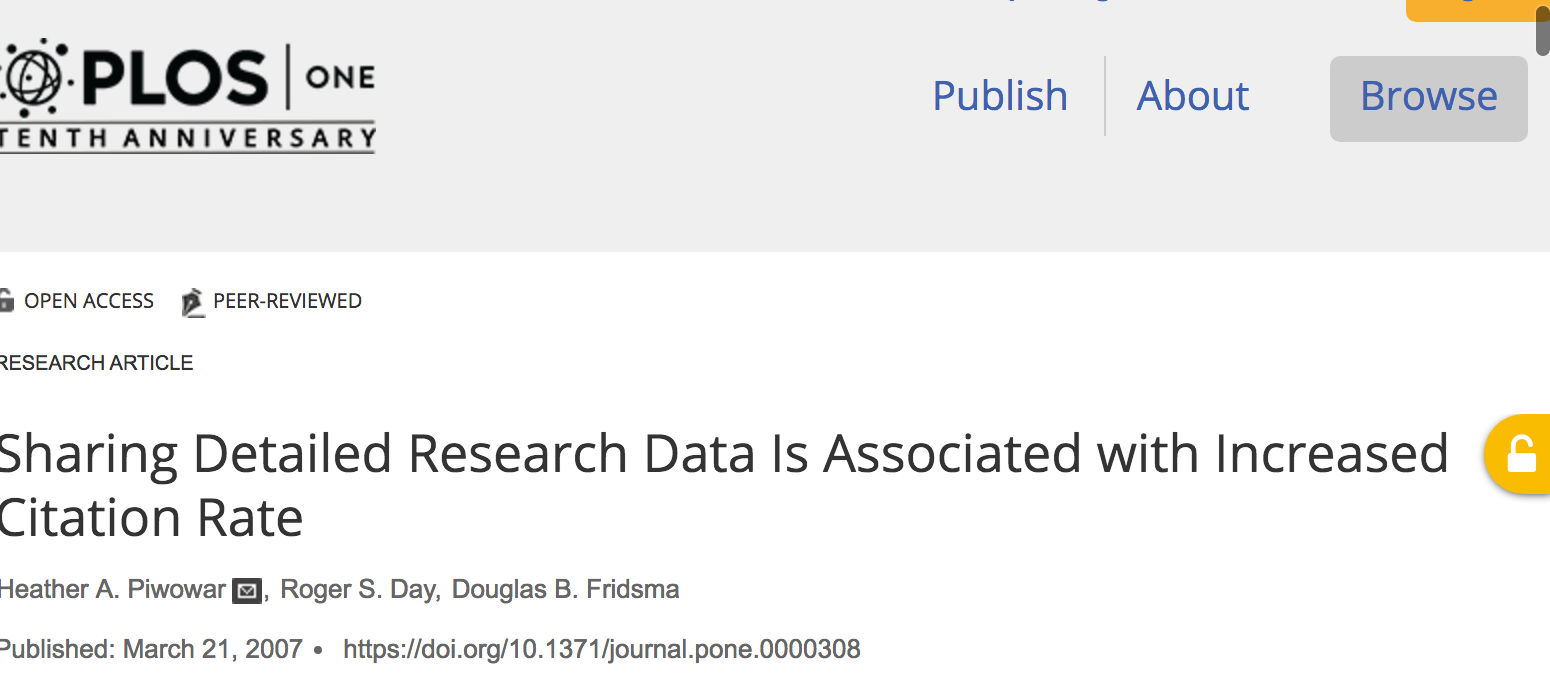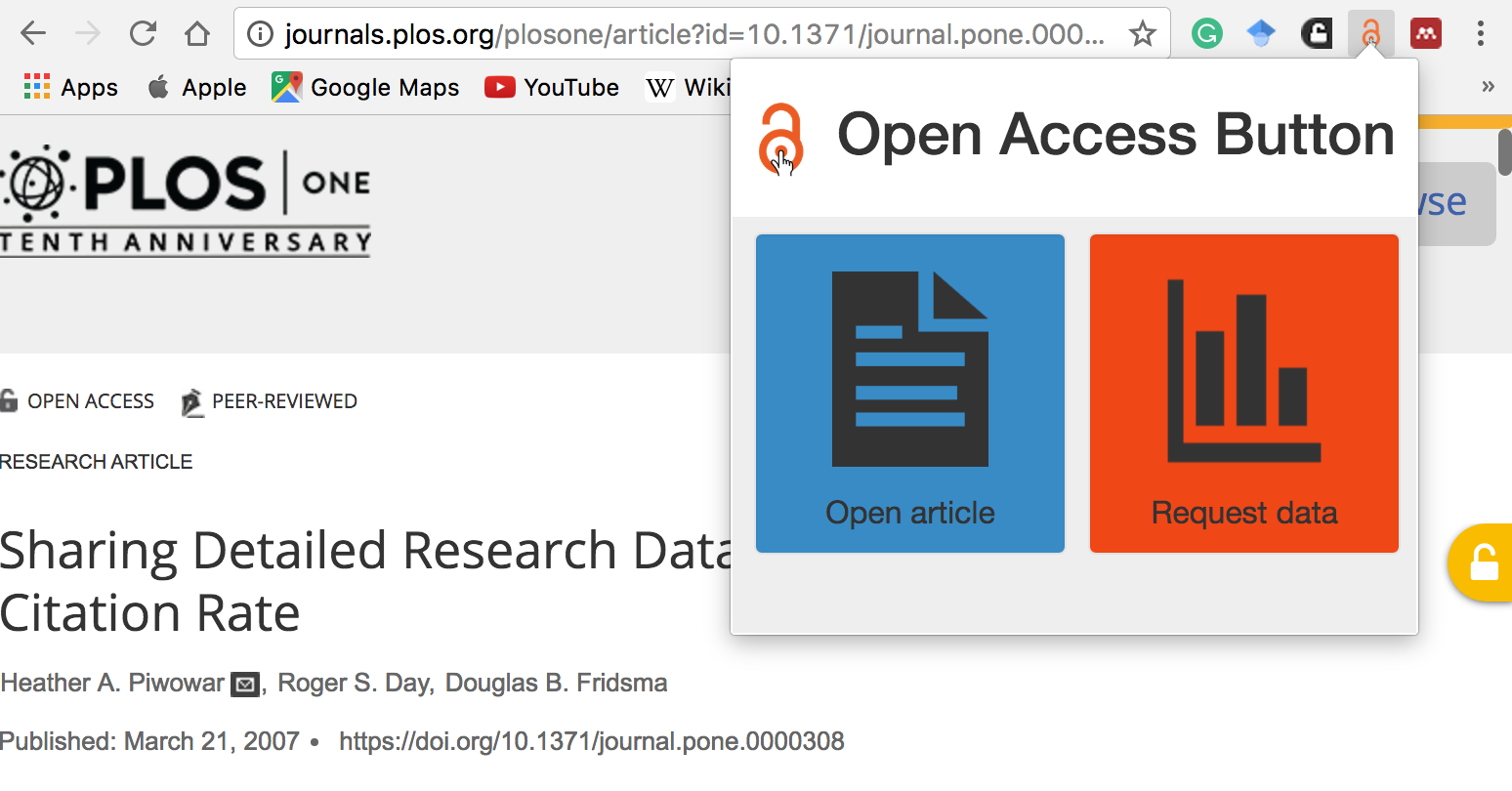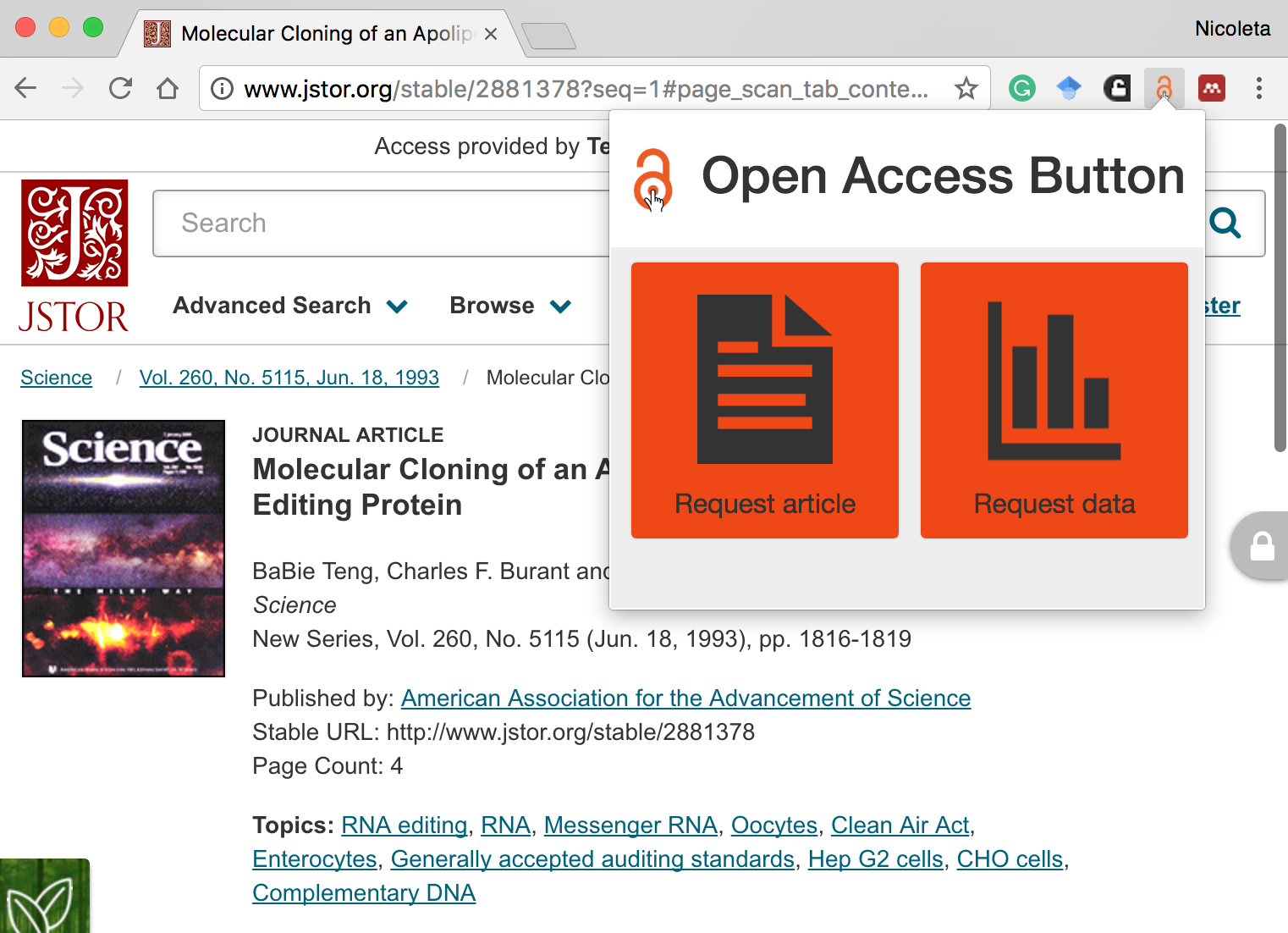While nowadays there is a lot of content being published open access, 45% more than in 2015 (Alperin 2017), there is still a lot of scientific literature subscription based, behind the paywall. This year, the gap between content discovery and its access shrunk substantially. Due to initiatives from organizations or publishers, different solutions were launched for finding and accessing full-text articles wherever they can be backtracked via their DOI. New tools to browse preprint articles appeared, publishers are changing their publishing model to gold OA, money is invested in infrastructures of preprints and, in the absence of an OA versions online, active requests are sent to authors to ask them to put their article version in repositories. (Piwowar and Priem 2017)
Launched in the beginning of the year, Unpaywall tool reached a large audience fast. It’s a browser extension (free for Chrome and Firefox) from Impact Story, the founders of oaDOI – see previous article about it. The extension looks for a free version of articles behind the paywalls by searching into a vast number – 5300 – repositories world-wide (DOAJ, BASE, PubMed Central, CrossRef, DataCite, Google Scholar) and goes beyond oaDOI by looking directly in the page of articles themselves, parsing them to find a link to a pdf (Chawla 2017). It is the legal approach that differentiate it from SciHub.

It is a simple elegant solution, effective in more than 50% of search cases (Piwowar and Priem 2017): on the webpage of an article, a lock appears in the right of the page (fig. 1). The colour code is gold and green for Gold OA and Green OA, blue for lack of information because of browsing behind the paywall and grey color when no information is found.

![]() Unpaywall is doing almost the same as the Open Access Button (OA Button). This is as well a free tool, developed in 2013, which extends its search functionality to requesting an article or data directly from the author when no free version is found online (fig. 2).
Unpaywall is doing almost the same as the Open Access Button (OA Button). This is as well a free tool, developed in 2013, which extends its search functionality to requesting an article or data directly from the author when no free version is found online (fig. 2).

Moreover, in July 2017, JISC announced a project “assessing the feasibility of a service in the discovery/interlibrary loan (ILL) workflow utilising Open Access Button functionality to aid the discovery, creation and promotion of open access content” (Fahmy 2017). On their blog, OA Button reports that Indiana University-Purdue University Indianapolis successfully implemented the service and reported six-numbered savings (OpenAccessButton 2017).
On the practical side, trying out Unpaywall and OA Button for the same article gets us different results – as expected – because of their use of different full-text databases (Open Access Button/about 2013).
Some examples: on TU Delft campus, Unpaywall gives a blue (lack of license information) response while the article is obviously free to download, and the OA Button finds the full text elsewhere and calls for the user actions Open Article or Request Data.
There are situations where both tools are not finding anything, no (legal) full-text for Unpaywall but then, you find yourself a step further with Request Article or Request Data with OA Button (fig. 3).

Impact Story presents, in their release blogpost, three main developments parallel to their own, from which it’s worth mentioning LinkOut, a feature introduced by PubMed that links the articles in their database to their existing free version in a repository and, also, the declared intention of NIH to accept citations to preprints. (Piwowar and Priem 2017).
Try search an article in PubMed and you’ll get again different results: while LinkOut finds a full-text, Unpaywall and OA Button find nothing.
Kopernio (former Canary Haz) is another new browser extension tool (of an 8 months old company) that looks for pdf’s. Once found, you can store them online in an (account-based) own reference system, My Locker.


The tool – still to be tried by us – got the attention of Guus van den Brekel from the University Medical Center Groningen (see in detail his experience with Kopernio in his post (Brekel, G. 2017)).
So different widgets, different methods, different sources: rather confusing, but here is one idea: use all of them. At the end, all that counts is getting the full-text, whatever the method. ImpactStory advises the use of both Unpaywall extension and OA Button, as they recognise that used together they give better results than apart.
For the libraries, for which the road from the content discovery to its delivery to the researchers is a puzzle, these developments come in handy. Jason Priem says that the oaDOI is used by 600 libraries worldwide. On the other hand, the OA Button with JISC are implementing the ILL services for libraries.
What will happen with all these tools when the Open Access innitiative will reach its purpose? Jason Priem says in Chawla’s article: “I’ll be pulling the plug with a great big smile on my face.”
Bibliography
Alperin, Juan Pablo. 2017. “The number and proportion of freely available articles is growing; reaching 45% of the literature published in 2015“. LSE Impact Blog, (London School of Economics and Political Sciences), Published Aug 7. Accessed Aug 10, 2017. http://blogs.lse.ac.uk/impactofsocialsciences/2017/08/07/the-number-and-proportion-of-freely-available-articles-is-growing-reaching-45-of-the-literature-published-in-2015/.
Chawla, Dalmeet Singh. 2017. “Unpaywall finds free versions of paywalled papers.” Nature (https://www.nature.com/news/unpaywall-finds-free-versions-of-paywalled-papers-1.21765 ).
Fahmy, Sarah. 2017. “Understanding how to deliver Open Access content in library ‘discovery to delivery’ systems.” JISC Scholarly Communications, Published July, Accessed Aug 10 https://blog.openaccessbutton.org/what-weve-been-doing-to-understand-how-to-put-open-access-into-ill-5d4b9a3e89e3
Open Access Button, about. Accessed Aug 10, 2017. https://openaccessbutton.org/about.
OpenAccessButton. 2017. “Putting the OA into interlibrary loan.” Open Access Button, Published March 22, Accessed Aug 10, 2017.https://blog.openaccessbutton.org/putting-the-oa-into-interlibrary-loan-9d5fa5eb25d4.
Piwowar, H., and J. Priem. 2017. “Announcing Unpaywall: unlocking #openaccess versions of paywalled research articles as you browse“. LSE Impact Blog (London School of Economics and Political Sciences). Published March 4. Accessed August 9, 2017. http://blogs.lse.ac.uk/impactofsocialsciences/2017/04/04/announcing-unpaywall-unlocking-openaccess-versions-of-paywalled-research-articles-as-you-browse/.
Guus van den Brekel, 2017, “KOPERNIO (previously Canary Haz) extension to find pdf’s: plus open access button, unpaywall, Google Scholar and Connect UPDATED!”, DigiCMB Blog, University of Groningen, http://digicmb.blogspot.nl/2017/04/canary-haz-extension-to-find-pdfs-plus.html , Published August 9, Accessed August 11, 2017
